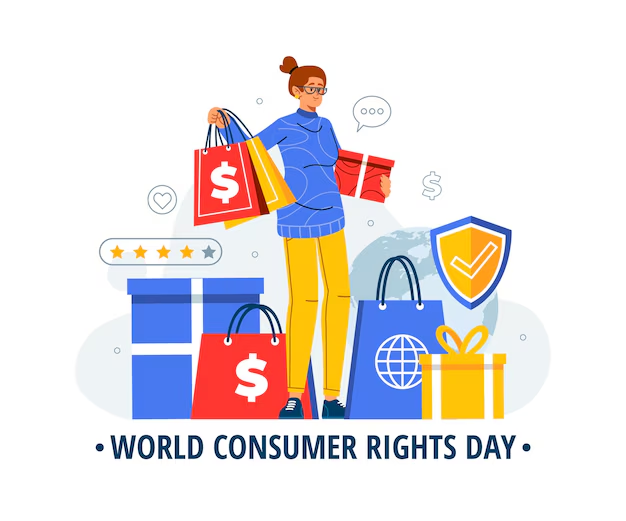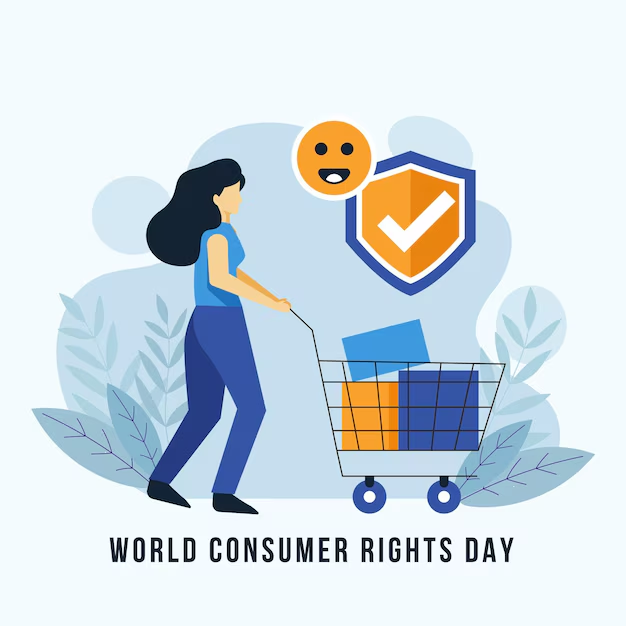
Table of Contents
- Introduction
- A New Era of Empowered Consumers
- Digital Transparency and Access to Information
- E-commerce and Secure Transactions
- AI and Chatbots: 24/7 Consumer Support
- Blockchain and Trust-Building
- The Rise of Online Consumer Forums
- Challenges Still on the Road
- The Future: Tech-Driven Consumer Advocacy
- Conclusion
1. Introduction
In today’s world, where nearly every purchase begins with a search bar, technology has become the modern consumer’s best ally. From getting product reviews in seconds to instantly filing complaints online, digital innovations are rewriting the rules of consumer protection. But how deep does this transformation go? Let’s explore how technology is shifting the power back into the hands of consumers.
2. A New Era of Empowered Consumers
Once upon a time, consumers had limited ways to verify what they bought. Word-of-mouth, advertisements, and hope were the main tools. Today, consumers are researching, comparing, and complaining in real-time, all thanks to technology. Smartphones, apps, AI, and the internet are enabling a wave of consumer empowerment we’ve never seen before.
3. Digital Transparency and Access to Information
Transparency is no longer a luxury—it’s an expectation.
- Price comparison tools help buyers get the best deal.
- Review platforms offer uncensored feedback from real users.
- Regulatory websites list blacklisted sellers and unsafe products.
With this information just a few clicks away, consumers are making smarter, safer choices.
4. E-commerce and Secure Transactions
Online shopping isn’t just convenient—it’s secure and protective when powered by the right tech.
- Secure payment gateways protect financial data.
- Return and refund automation adds speed and convenience.
- Order tracking tools give buyers peace of mind.
E-commerce platforms are also legally bound to ensure buyer protection policies, making tech a shield against fraud.
5. AI and Chatbots: 24/7 Consumer Support
Remember the days of waiting on hold for hours? AI has put an end to that.
- Chatbots respond instantly and resolve simple issues quickly.
- AI algorithms analyze customer behavior to anticipate problems.
- Voice assistants like Alexa or Google can even file complaints or place return requests.
Technology is not only offering faster service but also smarter problem-solving.
6. Blockchain and Trust-Building
At first glance, blockchain might seem distant from daily shopping—but it’s changing trust forever.
- In sectors like food, fashion, and medicine, blockchain is used to verify product origin and authenticity.
- Once recorded, information cannot be altered—helping prevent counterfeit products and misleading claims.
For consumers, this means proof over promises.
7. The Rise of Online Consumer Forums
Whether it’s a Facebook group or a government-backed portal, online forums have become powerful platforms.
- Consumers share reviews, warnings, and success stories.
- Legal advisors often weigh in, guiding people on their rights.
- Complaints can go viral—forcing companies to take action.
This virtual community creates peer-driven accountability, where even the smallest voice can make a difference.
8. Challenges Still on the Road
While technology has revolutionized consumer rights, it’s not without challenges:
- Data privacy concerns are rising as companies collect more consumer information.
- AI bias in algorithms may misinterpret or mishandle consumer issues.
- Digital literacy gaps mean not everyone can access these tech tools equally.
Consumer rights must grow with responsibility and inclusivity.
9. The Future: Tech-Driven Consumer Advocacy
Looking ahead, consumer protection will get even stronger:
- AI-driven legal assistants to help with complaints.
- Augmented Reality (AR) for virtual product trials.
- Smart contracts to ensure automatic fulfillment of service guarantees.
The next phase will be about personalized, predictive, and proactive protection.
10. Conclusion
Technology has turned the tide for consumers—not just by offering convenience, but by empowering rights. It has taken the idea of “consumer is king” and made it a digital reality. From transparency to trust, the tools are here. What remains is for us to use them wisely and ensure no consumer is left behind.

